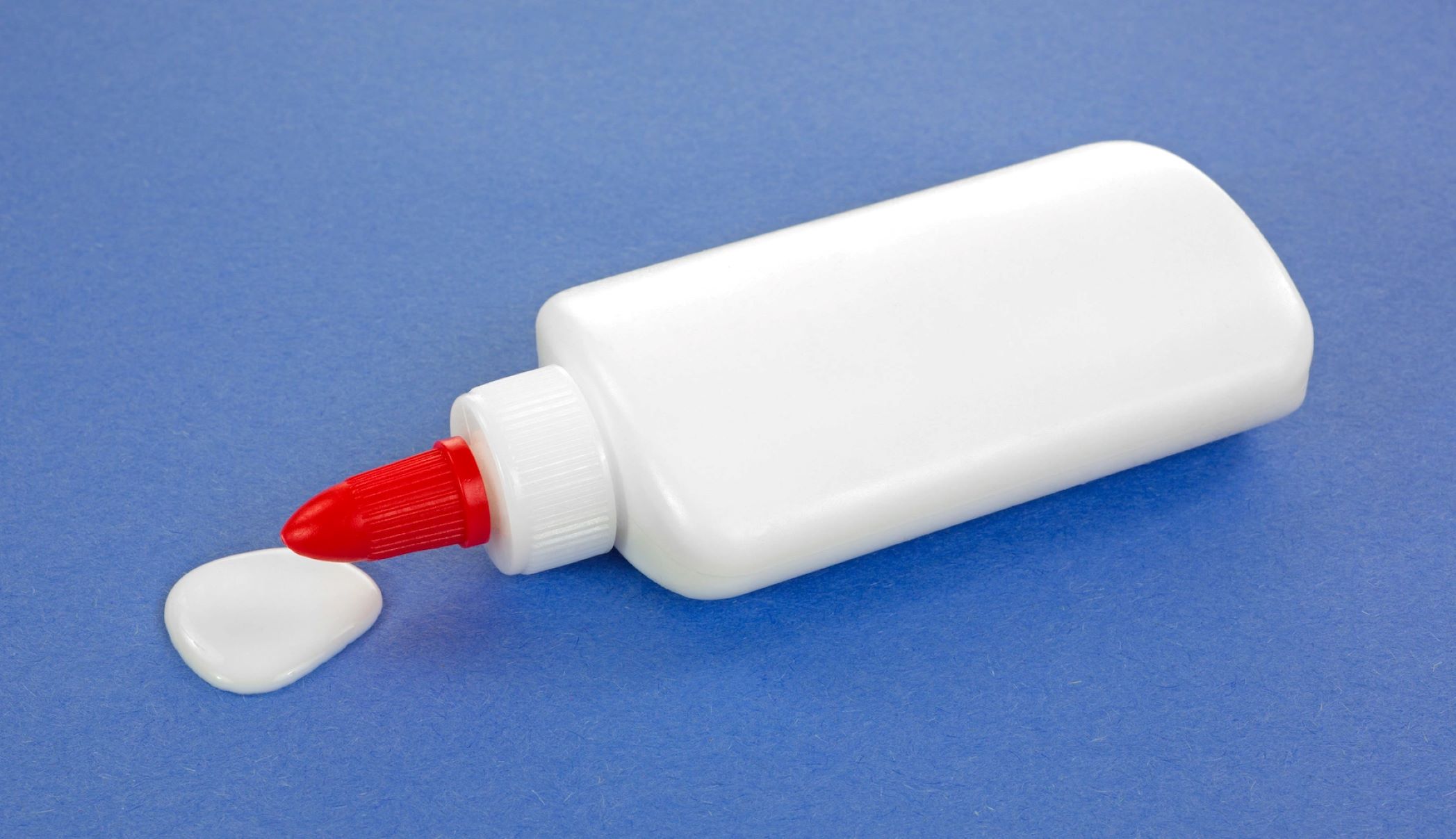
Glue is a versatile and commonly used adhesive substance that has been around for centuries. It is a sticky material that is used to join objects together, and it comes in various forms such as liquid, solid, or aerosol. From household repairs to arts and crafts projects, glue is an essential tool that helps us stick things together.
In this article, we will explore 10 fascinating facts about glue that you may not know. From its ancient origins to its modern uses, we will delve into the world of adhesive substances and discover some surprising insights. So, whether you are curious about the science behind glue or simply interested in learning more about this everyday product, join us as we uncover some interesting facts about glue.
Key Takeaways:
- Glue has a rich history and comes in various types, making it a versatile adhesive for different materials and projects. It can be temporary or permanent, and even comes in handy packaging for easy application.
- Whether you’re crafting, repairing, or creating, glue offers endless possibilities. It can bond different materials, dry clear or colored, and be used for various purposes beyond just sticking things together.
Glue has been used for centuries.
The history of glue dates back thousands of years. Ancient civilizations such as the Egyptians and Romans used natural glues made from animal bones and hides.
There are various types of glue.
Glue comes in different forms, including liquid glue, glue sticks, epoxy adhesives, and super glue. Each type has its own unique properties and uses.
Glue can bond different materials.
Whether it’s wood, metal, plastic, or fabric, glue has the ability to bond a wide range of materials together. This makes it a versatile adhesive for various projects.
Glue can be temporary or permanent.
Depending on the type of glue used, the bond can be temporary or permanent. Temporary glues allow for easy removal without leaving any residue, while permanent glues create a strong and lasting bond.
Glue can dry clear or colored.
Some glues dry clear, making them ideal for transparent materials or applications where visibility is desired. Others dry with a colored tint, which can add a decorative touch to crafts or repairs.
Glue can have different levels of adhesion.
Different glues have varying levels of adhesion strength. Some are designed for lightweight projects, while others can withstand heavy-duty applications.
Glue can be water-based or solvent-based.
Glue formulas can be water-based or solvent-based. Water-based glues are typically non-toxic and easy to clean up, while solvent-based glues are known for their high strength and durability.
Glue can come in handy packaging.
Glue can be found in convenient packaging such as squeeze bottles, tubes, and pens, making it easy to apply with precision and control.
Glue can be used for various purposes.
Glue is not only used for bonding objects together but also for sealing envelopes, creating paper mache projects, constructing models, and even for medical purposes in certain situations.
Glue has endless possibilities.
With glue, the possibilities are endless. Whether you’re working on a DIY project, repairing broken items, or unleashing your creativity, glue can help bring your ideas to life.
Now that you know these 10 fascinating facts about glue, you can appreciate the impact this adhesive has on our daily lives. From its ancient origins to its modern applications, glue remains an indispensable tool in various industries and households.
Conclusion
In conclusion, glue is a versatile and indispensable adhesive that has been used for centuries. From everyday household repairs to intricate crafting projects, glue plays a vital role in our lives. Understanding its properties and how it works can help us make more informed choices when it comes to selecting the right type of glue for our needs.Whether you’re working with wood, paper, fabric, or metal, there is a glue out there that is perfect for the job. From quick-drying super glues to waterproof adhesives, the options available allow for a wide range of applications.Glue not only helps us mend and create, but it also brings us together. It enables us to bond objects and materials, contributing to the strength and durability of the things we use and cherish. So the next time you reach for that bottle of glue, remember the incredible impact it has on our everyday lives.
FAQs
1. How does glue work?
Glue works by creating a chemical bond between two surfaces. When the glue is applied, it undergoes a process known as curing, which allows it to form a strong adhesive bond.
2. How long does it take for glue to dry?
The drying time of glue depends on the type of glue you are using. Some glues dry within seconds, while others may take several hours or even days to fully dry and set.
3. Can I use glue on different materials?
Yes, there are different types of glue available for various materials such as wood, plastic, fabric, metal, and more. It’s important to select the appropriate glue that is designed for the specific material you are working with.
4. Is glue waterproof?
Not all glues are waterproof. There are specific waterproof or water-resistant glues available for applications where moisture or exposure to water is expected.
5. Can I remove glue residue?
Yes, glue residue can usually be removed with the help of certain solvents or adhesive removers. However, it is important to exercise caution and follow the specific instructions provided by the manufacturer.
6. Is glue toxic?
Some glue formulations may contain toxic ingredients. It is advisable to read the product labels and take necessary precautions such as wearing gloves or working in a well-ventilated area when using certain types of glue.
7. Can glue be used for repairing broken items?
Yes, glue is commonly used for repairing broken items. However, it is important to consider the material and nature of the item being repaired, as well as the strength and durability requirements.
8. Can glue be used for arts and crafts projects?
Absolutely! Glue is widely used in arts and crafts projects, ranging from scrapbooking and paper crafts to jewelry making and model building. There are even specialized craft glues available for specific applications.
9. Is there a specific temperature range for using glue?
Yes, different glues have different temperature ranges for optimal performance. It is essential to check the manufacturer’s instructions to ensure that the glue is being used within the appropriate temperature range.
10. Are there eco-friendly glue options available?
Yes, there are eco-friendly glue alternatives available that are made from non-toxic and biodegradable materials. These glues are a great choice for those who prioritize environmentally friendly options.
Glue's versatility knows no bounds, making it an essential tool for DIY enthusiasts, crafters, and professionals alike. Whether you're looking for the perfect glue gun to tackle your next project, need a reliable nail glue that won't let you down, or want to explore the best PVA glues available, our informative articles have you covered.
Was this page helpful?
Our commitment to delivering trustworthy and engaging content is at the heart of what we do. Each fact on our site is contributed by real users like you, bringing a wealth of diverse insights and information. To ensure the highest standards of accuracy and reliability, our dedicated editors meticulously review each submission. This process guarantees that the facts we share are not only fascinating but also credible. Trust in our commitment to quality and authenticity as you explore and learn with us.


